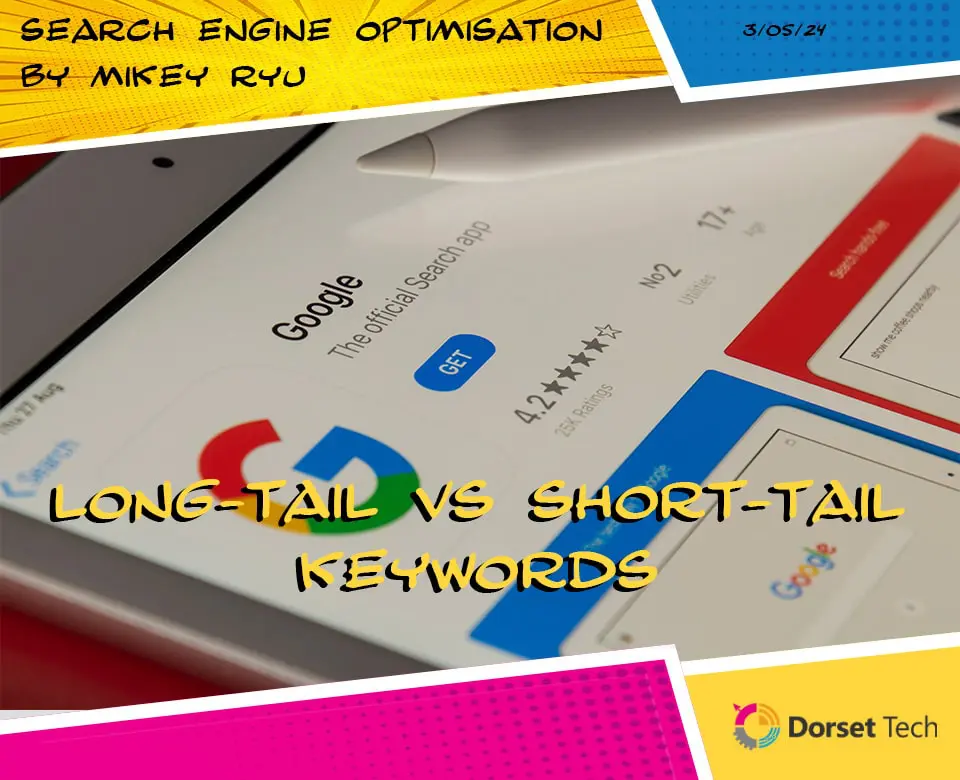
Decoding Discovery: Keyword Research in SEO Copywriting
In the labyrinthine world of SEO copywriting, keyword research stands as the compass guiding content creators toward the elusive treasure trove of organic traffic. It’s the cornerstone of strategic content creation, helping align your message with the language of your audience and the algorithms of search engines. In this exploration of keyword research, we delve into the art and science of finding the right keywords for your content, unravelling the mysteries of search intent and relevance along the way.
The Anatomy of Keyword Research:
Keyword research isn’t merely about compiling a list of popular search terms related to your niche. It’s about understanding the nuances of user intent and search behavior, uncovering the queries that resonate most with your target audience. Tools like Google Keyword Planner, SEMrush, and Ahrefs serve as invaluable companions on this quest, providing insights into search volume, competition, and related keywords.
But beyond raw data lies the art of interpretation. Keyword research is as much about intuition as it is about analysis—a delicate dance between data-driven insights and creative intuition. It’s about identifying the language your audience speaks, the questions they ask, and the problems they seek to solve.
Navigating Search Intent:
At the heart of keyword research lies search intent—the motive behind the query. Understanding search intent is essential for crafting content that not only ranks well but also resonates with users. Are they seeking information, looking to make a purchase, or exploring solutions to a problem?
By categorizing keywords based on intent—whether informational, navigational, or transactional—content creators can tailor their messaging to align with the user’s needs at each stage of the buyer’s journey. This not only enhances relevance but also increases the likelihood of conversion.
The Long-Tail Advantage:
In the quest for keywords, don’t overlook the power of the long tail. While broad keywords may boast high search volume, they often come with fierce competition. Long-tail keywords, on the other hand, are more specific and typically less competitive, offering a ripe opportunity to capture highly targeted traffic.
Moreover, long-tail keywords often reveal valuable insights into user intent, providing a window into the user’s mindset and preferences. By incorporating long-tail variations and semantic variations into your content strategy, you can enhance relevance and depth while outmanoeuvring competitors in the SERPs.
Quality Over Quantity:
In the pursuit of keywords, quality reigns supreme over quantity. It’s not about cramming as many keywords as possible into your content; it’s about strategic integration that feels natural and seamless. Keyword stuffing not only detracts from the user experience but also raises red flags for search engines.
Instead, focus on crafting high-quality content that addresses the user’s query comprehensively and authentically. Let keywords inform your content strategy, but let the needs of your audience dictate its direction. By prioritizing value and relevance, you not only attract organic traffic but also foster trust and credibility—a potent combination that fuels long-term success.
Tracking and Iteration:
Keyword research is not a one-time endeavour; it’s an ongoing process of refinement and iteration. Monitor the performance of your keywords using analytics tools and metrics such as search volume, click-through rate, and conversion rate. Identify trends, capitalize on opportunities, and pivot as needed to stay ahead of the curve.
A/B testing can provide valuable insights into which keywords resonate best with your audience and which formats or messaging strategies yield the highest engagement. By embracing a culture of continuous improvement and adaptation, you can optimize your content strategy to align more closely with the evolving needs and preferences of your audience.
In conclusion, keyword research is the bedrock of effective SEO copywriting—a strategic endeavour that blends science with art, and data with intuition. By understanding the anatomy of keyword research, navigating the nuances of search intent, and prioritizing quality and relevance, content creators can unlock the full potential of their content strategy, attracting organic traffic, and forging meaningful connections with their audience. So, let’s embark on this journey of discovery, armed with curiosity, creativity, and a keen eye for opportunity, as we navigate the ever-shifting landscape of digital discovery.





















